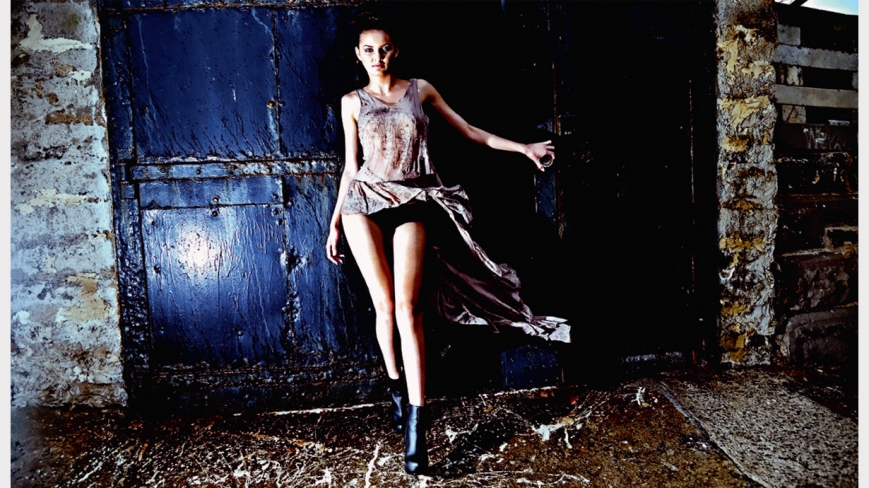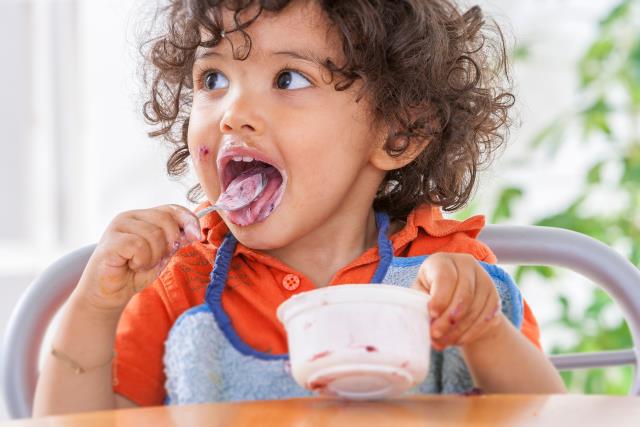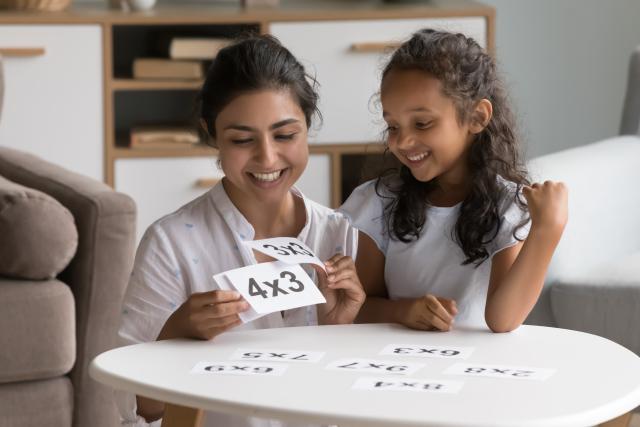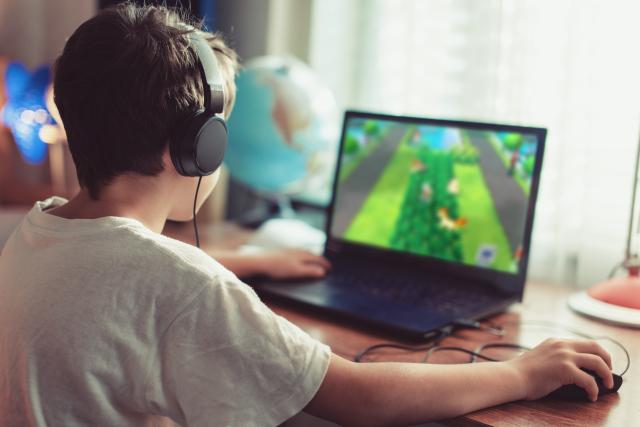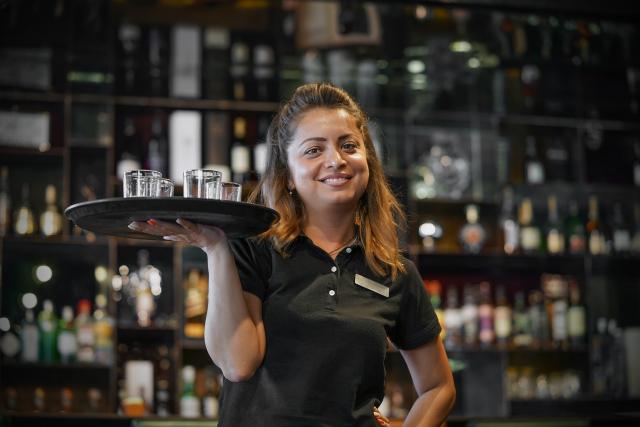Renowned Aboriginal photographer Wayne Quilliam is taking his prints of Australia’s National Apology to the Stolen Generations to an exhibition in New York, writes Laura Little
It’s February 2008 and Wayne Quilliam is at Parliament House in Canberra waiting to photograph (then) Prime Minister Kevin Rudd make his apology to the Stolen Generations.
An indigenous Australian himself, Quilliam knows that what is about to take place will mean the world to many of his people, but it’s not until he begins viewing the scene through his camera lens that he realises the magnitude of what has happened.
All around him, men and women, indigenous and non-indigenous Australians, are crying and sharing their stories. The room is full of raw emotion that Quilliam will never experience again.
Fast forward five years and he is sitting in the study of the Point Cook house he shares with his wife Jodie and daughter Tanisha, 4, planning to revisit some of the people he photographed on that landmark day.
Quilliam is preparing to take his Sorry: more than a word exhibition to New York.
The exhibition was commissioned to mark the first anniversary of the apology, and it has attracted more than 250,000 visitors to Parliament House.
Naturally, Quilliam hopes the exhibition will be as popular when it opens in New York next month, but he also hopes his photos will make a difference.
He’s taking the exhibition to the Big Apple at the request of the Australian Consul-General, Phillip Scanlan, who approached Quilliam during his exhibition at the city’s Australian Embassy earlier this year.
‘‘The Consul-General asked me to return to New York to re-explore [the apology exhibition],’’ Quilliam says. ‘‘He mentioned to me at my last show about how President {Barack} Obama had spoken to him about the apology and the influence on the President himself and his family, and how he wondered if they would be able to reignite discussions in America based on Kevin Rudd’s apology.
‘‘To take this show over there will be wonderful because I intend to reinvigorate the whole show and the whole process. Instead of just taking the exhibition, I want to revisit a lot of the people who were there that day and do their portraits and include that in the show.
‘‘[I want to] open the discussion on the significance of the apology and what it meant to all Australians, whether Aboriginal or not; because the people I have talked to since then, including non-indigenous people, say there has been a significant impact on them.’’
Quilliam, who was official photographer for the apology, believes it was a turning point for many Australians, which is why he was disappointed to learn that a group of his friends were subjected to racism in Melbourne only a few weeks ago.
The prominent Aboriginal actors, including Rabbit-Proof Fence star Natasha Wanganeen, were repeatedly refused taxi rides and racially abused on a St Kilda tram.
‘‘Seeing those latest racist events in Melbourne is so contradictory to what happened [in 2008],’’ Quilliam says.
‘‘I work in a lot of rural and remote areas where you expect racism, but my daughter goes to school with children who are Chinese, Arabic, Muslim – that’s natural. When I was growing up it wasn’t natural.
‘‘There were only two Aboriginal families in my community. There were no Chinese, no Arabic; it was a very white society.’’
It is Quilliam’s own experiences of racism – often committed by people who don’t realise he is indigenous – that make him want to educate people about his culture.
He says ‘‘everything he shoots’’ is related to his culture in one way or another. About 60 per cent of his work involves Aboriginal communities around the nation.
Through opportunity and chance, Quilliam has documented all of the major indigenous events over the past 15 years. He captured the 40th anniversary of the 1967 referendum, which recognised indigenous people in the Constitution, and major festivals including Garma in Arnhem Land.
He hopes his photographs can help people understand that different communities have different rules and standards.
‘‘The communities in Arnhem Land, Tasmania and the fellas up in Torres Strait are all so different, but people put us all into one big pot,’’ Quilliam says.
‘‘People want to know about Aboriginal culture, but there is a lack of education. I’ve had people say to me, ‘I want to meet an Aboriginal person’, so it is our job to welcome people.’’
But it isn’t just non-indigenous Australians who Quilliam, an associate professor at RMIT University, hopes to educate.
He recently spent some time working with children at Yalata, about 200 kilometres west of Ceduna, South Australia, teaching them to use digital cameras.
Quilliam says while many of the children will never become photographers, he feels that by teaching them to use the cameras he has reminded them of what they can achieve and given something back to the community.
This week, the children and Quilliam will travel to Adelaide to exhibit their photographs at the city’s Coming Out Festival.
‘‘They will get the chance to show people what their community looks like,’’ Quilliam says. ‘‘That’s what brings me so much passion. I’ve done so many exhibitions and shows … teaching them renews my passion.’’
Last month, Quilliam spent a few days visiting Ntaria, a remote community in the Northern Territory, as part of the Aboriginal Role Models Tour.
The program, which is run by the National Aboriginal Sporting Chance Academy, brings groups of indigenous athletes to remote communities to run sport and recreation activities that encourage children to take part. Importantly, the program also teaches life skills.
Quilliam was originally invited to photograph the tours, but these days he also attends as one of the role models.
He doesn’t view himself as a career photographer. Rather, he describes himself as a modern-day storyteller.
As a kid he always played with cameras and when he joined the navy at 17, he began documenting the places he visited.
He says telling stories through photographs is a significant part of who he is.
‘‘I am a people-watcher. I love the diversity of what people do. I always have my camera with me. It is my happiness.’’
When he’s not looking through a camera lens or teaching, Quilliam dedicates his time to promoting indigenous fashion designers and models.
With the help of Maori artists, he is in discussions to create an indigenous fashion course in the western suburbs.
‘‘We want to expose the world to the beauty of Aboriginal-Maori culture,’’ Quilliam says.
The group staged a runway show at the L’Oreal Melbourne Fashion Festival in March, giving more than 80 young indigenous fashion designers and models a chance to strut their stuff.
‘‘These kids have come from nothing and all of a sudden they are out in front of hundreds of people. Designers want to see different looks, which is why the fashion week show was so successful.’’

